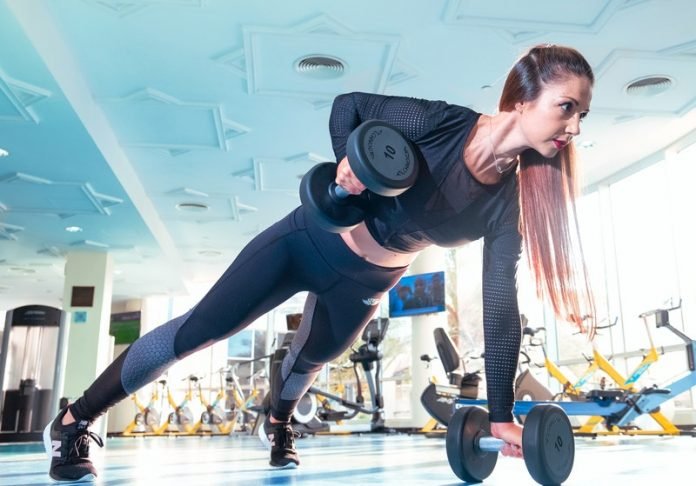
We’ve all heard that exercise is good for you. Did you know that it’s as true for older people as it is for any age group? You’re never too old to get moving, get stronger and improve your health.
Fitting exercise and physical activity into your day can enhance your life in so many ways. Regular physical activity can improve your balance and boost or maintain your strength and fitness.
It may also improve your mood and help you manage or lessen the impact of conditions like diabetes, heart disease, osteoporosis and depression.
Despite these proven benefits, exercise and physical activity rates among older people are surprisingly low.
Only about 30% of people ages 45 to 64 say they engage in regular leisure-time physical activity. This falls to 25% of those between the ages of 65 and 74 and 11% of people age 85 and older.
Experts recommend 4 types of exercise for older adults: endurance, balance, strength and flexibility. Brisk walking, dancing and other endurance exercises improve the health of your heart, lungs and circulatory system.
These exercises can make it easier for you to mow the lawn, climb stairs and do other daily activities. Strength exercises include lifting weights or using resistance bands.
They can increase muscle strength to help with activities such as carrying groceries or lifting grandchildren. Balance exercises can help prevent falls—a major health risk for older adults.
Stretching, or flexibility exercises, can give you more freedom of movement for bending to tie your shoes or looking over your shoulder as you back out of the driveway.
“Even if you haven’t been active previously, it’s important to get started and stay active,” says Dr. Richard J. Hodes, director of NIH’s National Institute on Aging.
“We know that people want to live independently for as long as they possibly can. By exercising regularly and including more physical activity in their daily routine, older people can preserve their physical function, which is key to doing the everyday things they want to do.”
To help you get started and keep moving, NIH brought together some of the nation’s leading experts on aging, exercise and motivation. They developed a guide to exercise for older adults.
The guide serves as the basis for a new national exercise and physical activity campaign for people ages 50 and older. It’s called Go4Life.
“Older adults can exercise safely, even those who have physical limitations,” Hodes says. “Go4Life is based on studies showing the benefits of exercise and physical activity for older people, including those with chronic health conditions.”
If you care about exercise, please read studies about these daily exercises could keep you healthy and strong and findings of endurance exercise may help slow or even reverse aging.
For more information about exercise and your health, please see recent studies about this breathing exercise may help lower blood pressure and results showing that this exercise may effectively reduce colon cancer growth.



